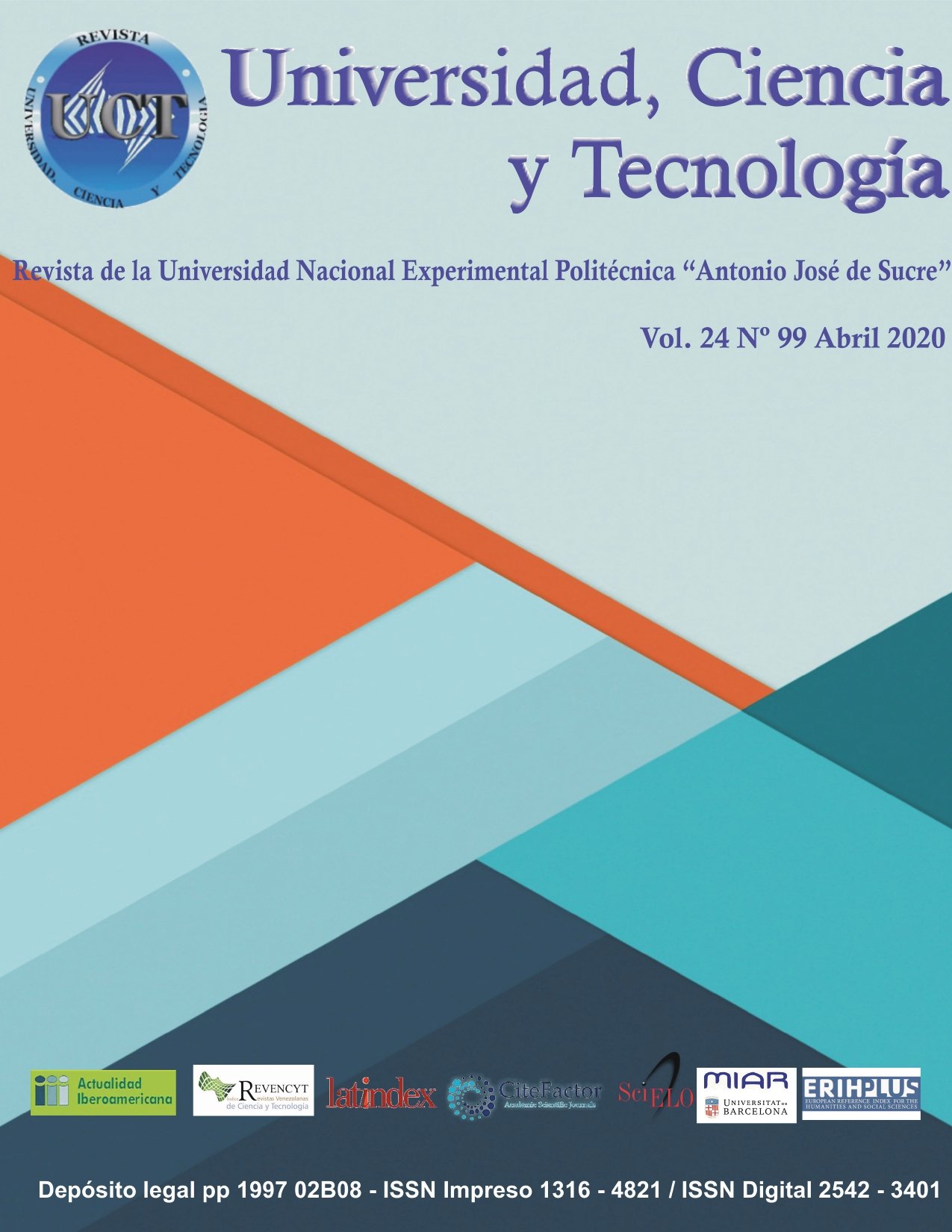Abstract
The article consists of how to design and develop a tourist route following the steps determined by the Ministry of Tourism of Ecuador (MINTUR). The corn and waterfalls cultural route was developed in the Pindal canton in 2015 with the aim of expanding and energizing the economy in the sectors it runs through. However, to achieve these results, the involvement and coordination of all actors, public, social and private, was necessary. Through a mixed qualitative and quantitative methodology, the offer was determined through interviews, Mintur field sheets, information collection and ranking sheet. To determine the demand, it was developed through a survey of tourists, who were the potential clients. Likewise, it was evidenced that the Pindal canton has very representative natural and cultural resources that can generate tourism flows and boost the economy in the entire sector adjacent to the Canton. The research model will serve other researchers to build tourist routes in territories that have potential.
Keywords: Tourist product, tourist route, itineraries, routes.
References
[1]M. C. Morillo Moreno, «Turismo y producto turístico. Evolución, conceptos, componentes y clasificación,» Visión Gerencial, nº 1, pp. 135-158, oct. 2011.
[2]A. M. Núñez Zeballos, «La ruta del vino y del pisco en el valle de Vítor (Arequipa),» Turismo y patrimonio, vol. 8, pp. 133-143, 2017.
[3]S. A. Obregón Biosca, J. A. Sánchez Escobedo and M. d. L. Somohano Martínez, «Planificación de rutas turísticas para autobús a través de indicadores de accesibilidad integral y de dotación de bienes materiales e inmateriales,» Revista Transporte y Territorio, nº 14, pp. 144-166, 2016.
[4]N. E. Pascual Bellido, «Ruta de La Reserva de la Biosfera de La Rioja: ejemplo de integración entre ser humano y medio,» El Periplo Sustentable, nº 38, pp. 7 - 41, 2020.
[5]J. M. Guevara Rosero and N. C. Leyva Vázquez, «Análisis bibliométrico sobre la producción de artículos Científicos relacionados con rutas turísticas en (redalyc) En el periodo 2005 - 2017,» SHATIRI, vol. 13, nº 1, p. 81 – 92, 2018.
[6]N. Chan, Circuitos turisticos programación y cotización, Buenos Aires: Ediciones turisticas, 2011, p. 160.
[7]D. Díez Martínez, J. J. Martí Noguera. and S. Suárez Abril, «Arquitectura, tradición y turismo. La arquitectura vernácula de Tisaleo en el desarrollo de un modelo turístico basado en el paisaje cultural,» AUS, pp. 34-41, 2016.
[8]M. Y. Loarte Tene and J. Sanchez Ruiz, Ruta turistica cultural del canton Pindal de la provincia de Loja, Loja: UNL, 2016.
[9]D. Salazar A, R. Herrera, M. Pulloquinga and N. G. Zambrano, «Valoración del potencial, para el diseño de rutas turísticas: caso parroquia El Triunfo, cantón Patate,» UTCIENCIA Ciencia y Tecnología al servicio del pueblo, vol. 4, nº 3, pp. 198-210, 2017.
[10]E. Torres Bernier, «Rutas culturales. Recurso, destino y producto turístico,» PH, pp. 84-97, 2006.

